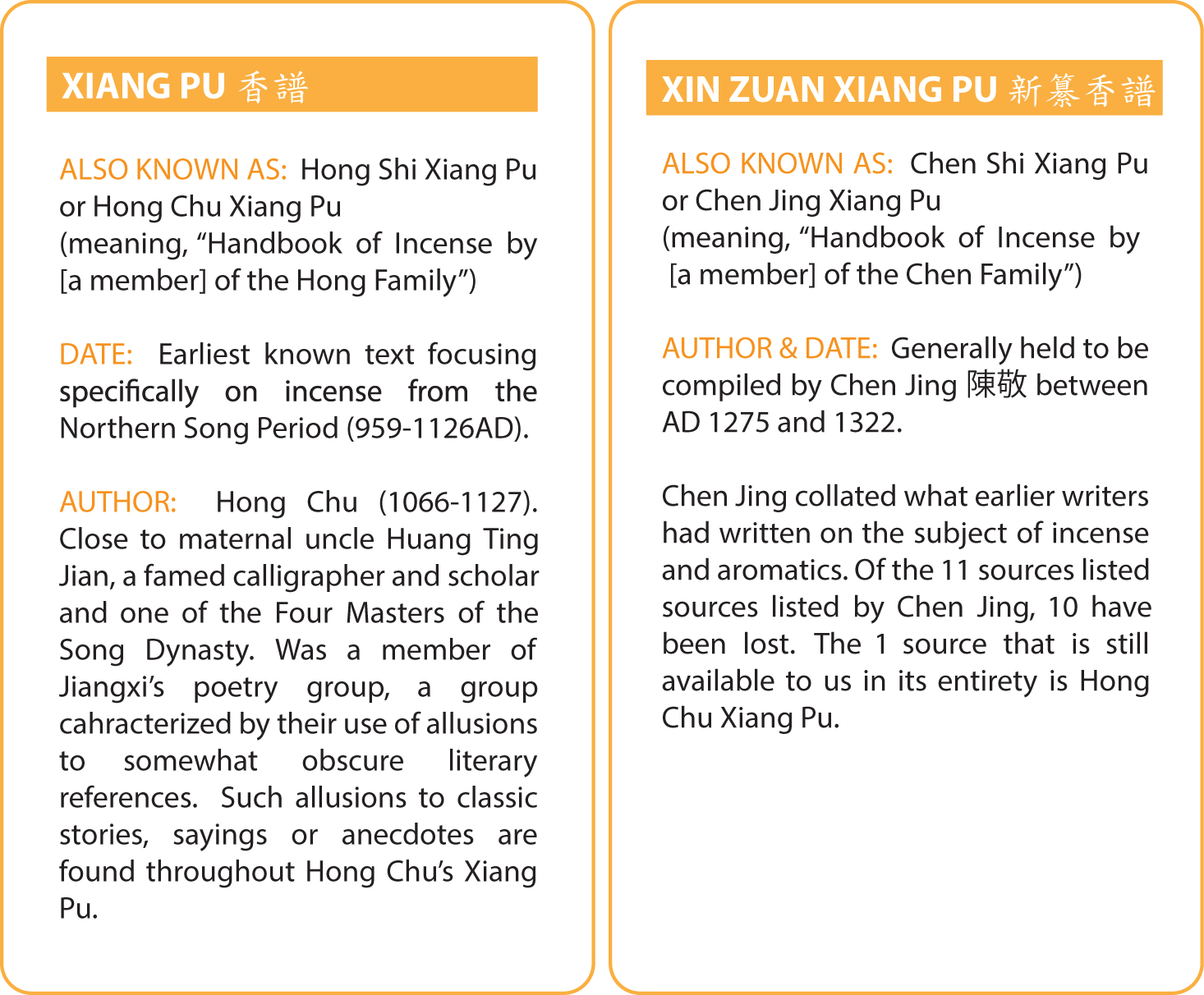NEWS & EVENTS > NEWS
"A nation's culture resides in the hearts and in the soul of its people"
-Mahatma Ghandi
Publication of Xiang Pu and Xin Zuan Xiang Pu
15 October 2015
15 October 2015


1 Generally translated as Miscellaneous Morsels from Youyang, was written by Duan Chengshi of the Tang Dynasty (618AD-907AD). Youyang refers to Mount Xiao You, which according to legend, had a thousand volumes of books stored in the caves at the foot of the mountain. Youyang Zazu is a unique text - a miscellany with legends and anecdotes with a broad coverage on tales of marvels and wonders, many of which are considered rare, and exaggerated.
2 Bolu is an ancient country, believed to be today’s Barus situated on the western bank of Sumatra Island, Indoensia.
3 Zhang and chi are traditional Chinese units of length. One zhang equals to 10 chi. One zhang is about 3.58 meters on the metric system today.
4 Haiyao Bencao, a pharmacopiea which recorded herbal medicines obtained abroad. Written by Lixun in the late Tang Dynasty. Lixun was of Persian bloodline, and his family business was in the trading of aromatic medicines shipped from abroad.
5 Chinese medicine were traditionally defined into five kinds of tastes: acrid/pungent, sweet, bitter, sour and salty. Medicine of different tastes have different effects. Those that are bitter have the effects of pruging and drying; those that are pungent have the effect of dispersing and moving. In addition, there are “4 properties/natures” of Chinese medicine: cold, hot, warm and cool. Medicines of a cool property are used for heat-natured diseases while those of a warm or hot property are used for cold-natured illnesses.
6 Sanchong disease: in traditional Chinese medicine, a collective term of disease caused by three kinds of internal parasites- ascariasis, teniasis and oxyuriasis.
7 Wuzhi: in traditional Chinese medicine, a collective term for five kinds of hemorrhoids.
2 Bolu is an ancient country, believed to be today’s Barus situated on the western bank of Sumatra Island, Indoensia.
3 Zhang and chi are traditional Chinese units of length. One zhang equals to 10 chi. One zhang is about 3.58 meters on the metric system today.
4 Haiyao Bencao, a pharmacopiea which recorded herbal medicines obtained abroad. Written by Lixun in the late Tang Dynasty. Lixun was of Persian bloodline, and his family business was in the trading of aromatic medicines shipped from abroad.
5 Chinese medicine were traditionally defined into five kinds of tastes: acrid/pungent, sweet, bitter, sour and salty. Medicine of different tastes have different effects. Those that are bitter have the effects of pruging and drying; those that are pungent have the effect of dispersing and moving. In addition, there are “4 properties/natures” of Chinese medicine: cold, hot, warm and cool. Medicines of a cool property are used for heat-natured diseases while those of a warm or hot property are used for cold-natured illnesses.
6 Sanchong disease: in traditional Chinese medicine, a collective term of disease caused by three kinds of internal parasites- ascariasis, teniasis and oxyuriasis.
7 Wuzhi: in traditional Chinese medicine, a collective term for five kinds of hemorrhoids.
Page 1 | 2
Related Links:
CCSC PUBLICATIONS:
Xiang Pu and
Xin Zuan Xiang Pu
ARTICLE:
Xiang pu and
the four meanings of incense
6 May 2015
Xiang Pu and
Xin Zuan Xiang Pu
ARTICLE:
Xiang pu and
the four meanings of incense
6 May 2015
